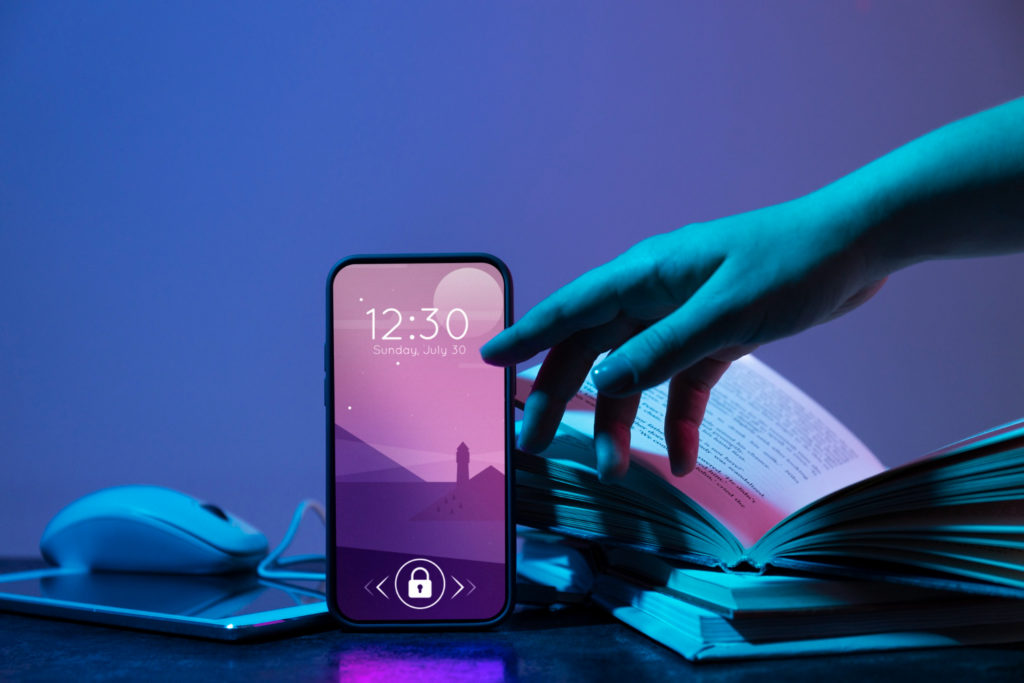The Top 5 Things to Do to Boost the Performance of Your Android Phone

Android smartphones are powerful tools that keep us connected, entertained, and productive. However, over time, you might notice a drop in performance due to various factors such as software updates, app accumulation, and system clutter. To maintain or even enhance your phone’s efficiency, here are five key strategies to help you optimize and speed up your Android device.
1. Update Your Android OS and Apps
Importance of Software Updates: Keeping your operating system and apps updated is crucial for both security and performance. Developers regularly release updates to fix bugs, close security vulnerabilities, and improve overall functionality. These updates can make your device run smoother and more efficiently.
How to Update:
- OS Updates: Go to ‘Settings’ > ‘System’ > ‘System Update’. This will show you if updates are available. Make sure to connect to Wi-Fi to avoid using your data allowance.
- App Updates: Open the Google Play Store, tap on your profile icon, then go to ‘Manage apps & device’. Apps with available updates are listed under ‘Updates available’. Update all apps to ensure they run optimally.
2. Optimize Your Storage
Benefits of Freeing Up Storage: When your device’s storage is nearly full, it can significantly hinder performance. Android uses part of the storage as a temporary workspace (cache), and lacking space can slow down processes.
Storage Management Tips:
- Review Your Storage: Go to ‘Settings’ > ‘Storage’ to see what’s using your storage space.
- Clear Cache and Junk Files: Regularly clear app cache and system junk. Tools like Google’s Files app can help clean up space-consuming files and recommend files for deletion.
- Manage Apps: Uninstall apps you no longer use. Many apps run background processes that consume resources, even when not actively used.
- Offload Photos and Videos: Use cloud storage services like Google Photos to back up images and videos, then delete them from your device storage.
3. Limit Background Processes
Impact of Background Apps on Performance: Apps running in the background can drain battery and consume CPU resources, leading to slower performance.
How to Control Background Processes:
- Restrict App Background Activity: Go to ‘Settings’ > ‘Apps’ > Select an app > ‘Battery’ > ‘Background restriction’. Consider restricting apps that don’t need to run in the background.
- Use Developer Options: Enable Developer Options by going to ‘Settings’ > ‘About phone’ and tapping ‘Build number’ seven times. Then, go to ‘Settings’ > ‘System’ > ‘Advanced’ > ‘Developer options’ and limit the number of background processes.
4. Reduce Animations
How Animations Affect Performance: Animations make transitions and interactions seem smoother but can slow down older devices or devices with lower specifications.
Adjusting Animations:
- Reduce or Turn Off Animations: Access Developer Options as described above. Find ‘Window animation scale’, ‘Transition animation scale’, and ‘Animator duration scale’. Adjust these settings by setting them to 0.5x or turning them off completely to speed up your device.
5. Battery and Performance Management Tools
Use Built-in Tools: Many Android devices come with built-in tools to manage battery and performance, such as adaptive battery settings and device care routines.
How to Use Performance Management Tools:
- Device Care: Samsung devices, for instance, offer a ‘Device care’ option found in ‘Settings’. This tool optimizes your phone’s performance by clearing memory and unused files and managing battery usage.
- Adaptive Battery: Found under ‘Settings’ > ‘Battery’, this feature limits battery for infrequently used apps, thus improving battery life and performance.
- Third-Party Apps: Apps like CCleaner or SD Maid can help manage apps and clean unnecessary files. However, be cautious with these tools as they can sometimes clear important data.
Conclusion
Boosting the performance of your Android phone is about maintaining the system’s health through regular updates, managing storage and background processes, and utilizing the built-in tools your device offers. By following these steps, you can ensure that your Android device remains fast, efficient, and more reliable over time. Whether you’re using your phone for work, play, or something in between, a well-optimized device can significantly enhance your experience.



